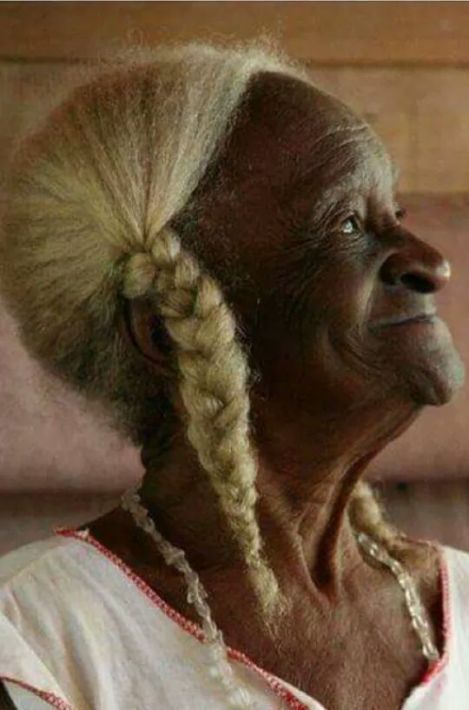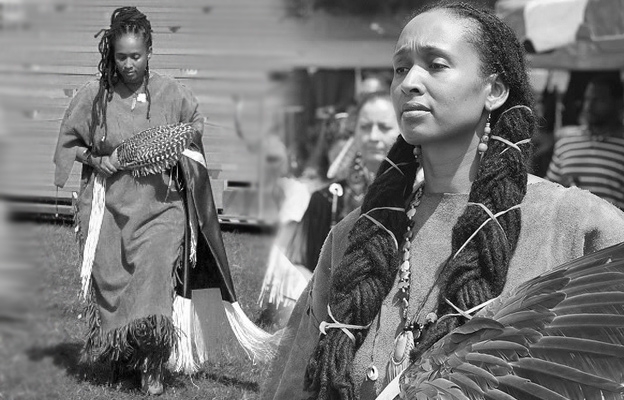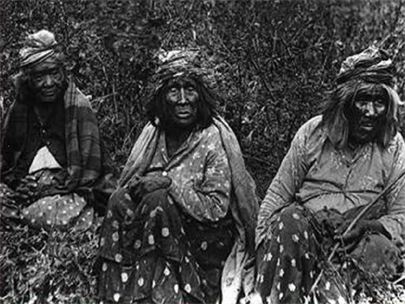98% OF AFRICAN AMERICANS ARE IN FACT NATIVE INDIANS AND ARE OWED MILLIONS
The tens of millions of Black Americans, or rather Indians, who ‘disappeared’ after 1492 did not all die in the ‘holocaust’ inflicted within America. Hundreds of thousands were shipped to Europe and Africa as Indian slaves. The whole slave trade story was given to all of us in reverse. A mass colony of Africans were not shipped from Africa to America. The truth is that Black Indians were shipped from America to Europe! They were then shipped from Spain to Africa as commodity for African resources. These Black Indians, now mistaken as African Americans, were shipped back to America and classified as “African Slaves.” This part of our history is what the school systems fail to mention in history programs.
Every European nation that colonized North America utilized Indian slaves for construction, plantations and mining on the North American continent but more frequently in their outposts in the Caribbean and in the metropolis of Europe.
All historians note that nowhere is there more authentic documentation than in South Carolina, also known as the original English colony of Carolina, established in 1670. It is estimated that between 1650 and 1730 at least 50,000 Indians (and likely more due to transactions hidden to avoid paying government tariffs and taxes) were exported by the English alone to their Caribbean outposts.
Between 1670 and 1717 far more Indians were exported than Africans were imported. In southern coastal regions entire tribes were exterminated through slavery compared to disease or war. In a law passed in 1704, Indian slaves were conscripted to fight in wars for the colony long before the American Revolution.
Brief Indian Slavery Complexity
Indians found themselves caught in between colonial strategies for power and economic control. The fur trade in the Northeast, the English plantation system in the south and the Spanish mission system in Florida collided with major disruptions to Indian communities.
Indians displaced from the fur trade in the north migrated south where plantation owners armed them to hunt for slaves living in the Spanish mission communities. The French, the English and Spanish often capitalized on the slave trade in other ways; for example they garnered diplomatic favor when they negotiated the freedom of slaves in exchange for peace, friendship and military alliance.
In another instance of Indian and colonial complicity in the slave trade, the British had established ties with the Chickasaw who were surrounded by enemies on all sides in Georgia. They conducted extensive slave raids in the lower Mississippi Valley where the French had a foothold, which they sold to the English as a way to reduce Indian populations and keep the French from arming them first. Ironically, the English also saw it as a more effective way to “civilize” them compared to the efforts of the French missionaries.

The Extent of the Indian Slave Trade
The Indian slave trade covered an area from as far west and south as New Mexico (then Spanish territory) northward to the Great Lakes. Historians believe that all tribes in this vast swath of land were caught up in the slave trade in one way or another, either as captives or as traders. Slavery was part of the larger strategy to depopulate the land to make way for European settlers.
As early as 1636 after the Pequot war in which 300 Pequots were massacred, those who remained were sold into slavery and sent to Bermuda. Major slaving ports included Boston, Salem, Mobile and New Orleans. From those ports Indians were shipped to Barbados by the English, Martinique and Guadalupe by the French and the Antilles by the Dutch. Indian slaves were also sent to the Bahamas as the “breaking grounds” where they might have been transported back to New York or Antigua.
The historical record indicates a perception that Indians did not make good slaves. When they weren’t shipped far from their home territories they too easily escaped and were given refuge by other Indians if not in their own communities. They died in high numbers on the transatlantic journeys and succumbed easily to European diseases. By 1676 Barbados had banned Indian slavery citing “too bloody and dangerous an inclination to remain here.”
Obscured Identities of Native Indians
As the Indian slave trade gave way to the African slave trade by the late 1700’s (by then over 300 years old) Native American women began to intermarry with imported Africans, producing mixed-race offspring whose native identities became obscured through time. In the colonial project to eliminate the landscape of Indians, these mixed-race people simply became known as “colored” people through bureaucratic erasure in public records.
In some cases such as in Virginia, even when people were designated as Indians on birth or death certificates or other public records, their records were changed to reflect “colored.” Census takers, determining a person’s race by their looks, often recorded mixed-race people as simply black, not Indian.
The result is that today there is a population of people of Native American heritage and identity (particularly in the Northeast) who are not recognized by society at large, sharing similar circumstances with the Freedmen of the Cherokee and other Five Civilized Tribes as documented on the Dawes Roll cards by the United States Dawes Roll Administration.
Native American Indian Tribes have been awarded nearly a billion dollars in a historical settlement in early September 2015. 645 Native American Tribes won settlements against The U.S. Department of Justice, totaling in the amount of $940 million dollars.
The United States Government was very fearful that more Native Indians (also known as ‘Colored’, ‘Negro’, ‘Black’ or blank, meaning no race mentioned, on their birth certificates) will discover their true history and bloodline heritage, and that they will be forced to grant them all reparations and land.
So the US silently declared a deadline of December 31st 2014, for those people to make land claims and identity claims. Even though the deadline has passed, there are thousands of Native Indians still winning settlements through the US Supreme Court and most commonly through the United Nations courts. So DO NOT give up your fight, because where there’s a will, there is a way! – Dane Calloway
Sources: Washington, D.C.; Library of Congress 1907, Congress.gov, Christopher Columbus – The Autobiographical Records 1502, WhiteHouse.gov – Executive Order Sec. 1898, Dawes Roll Administration, Bureau of Indian Affairs
□■□■□■□■□■□■□■□■□■□■□■□■□■□
FIND YOUR TRIBE & GET YOUR MONEY
Starting your journey of finding your family’s tribe but you need help? You don’t know where to look, what to have or what to do next?
Do not worry any further, I have done all of the sub-research myself from front to back with no help. So I will make things a bit easier for you to manage.
For questions, please contact: [email protected]
Yakoke!
Dane Calloway
#ImJustHereToMakeYouThink
Peace, Love and Light to you !












